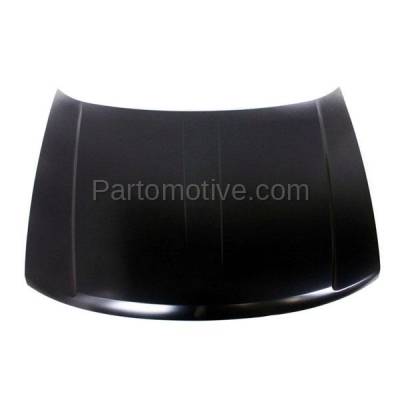
- #REPLACING DASHLIGHTS 2004 JEEP GRAND CHEROKEE LIMITED MANUAL#
- #REPLACING DASHLIGHTS 2004 JEEP GRAND CHEROKEE LIMITED CODE#
Use the OBDII module to retrieve the Jeep DTC TPMS information to diagnose and service the TPMS issues determined.
#REPLACING DASHLIGHTS 2004 JEEP GRAND CHEROKEE LIMITED CODE#
After selecting the Make, Model, and Year select the DTC code icon. Use the VT56 to retrieve Jeep TPMS DTC codes by selecting the “Service” icon. Be sure to check the tool in the CHECK TPMS icon on the VT56, VT46, VT36, or VT31 tools to see which sensor frequency you are working with before replacing a TPMS sensor. In 2008, the Jeep Grand Cherokee switched back to 433 MHz TPMS sensors. Then, the vehicle was manufactured with 315 MHz TPMS sensors from 2005 through 2007. The Jeep Grand Cherokee was manufactured with 433 MHz TPMS sensors from 2001 through 2004. Using wheels/tires not equipped with TPM sensors.Accumulation of snow or ice around the wheels or wheel housings.Installing aftermarket window tinting that contains materials that may block radio wave signals.Signal interference due to electronic devices or driving next to facilities emitting the same radio frequencies as the TPM sensors.A system fault can occur due to any of the following: The TPM Telltale Light will turn off when the fault condition no longer exists.

If the ignition switch is cycled, this sequence will repeat, providing the system fault still exists. The system’s fault will also sound a chime. If a system fault is detected, the TPM Telltale Light will flash on and off for 75 seconds and then remain on solid.
Drive vehicle for up to 20 minutes about 15 mph or until TPMS light is off. Press and release MENU on overhead console until RE-TRAIN TIRE SENSOR appears. #REPLACING DASHLIGHTS 2004 JEEP GRAND CHEROKEE LIMITED MANUAL#
Press OK on TPMS tool to transfer sensor data to the ECUĪuto Manual (Stationary) Relearn Procedure, years 2001-2004):. It pulls in air (where it is measured by the mass airflow sensor). If your Jeep Cherokee has a sputter, it is most likely going to be caused by bad fuel system, ignition system, MAF sensor, or bad catalytic converter. Repeat for the right front, right rear and left rear tires A sputtering engine can indicate a number of problems. Hold TPMS tool on left front tire sidewall next to the valve stem. Confirm TPMS sensors are properly installed. TPMS activation tool combined with a Diagnostic Scan Tool ( VT15, VT31, VT36, VT46 branded tools). TPMS scan tool with OBD module ( VT56, VT46 brands). .jpg)
Type of TPMS tool required for TPMS reset
Bonus OBD relearn procedure coverage as an option on the VT56 requires OBD module (for years 2005-2017). All OE and aftermarket TPMS part numbers and service kit replacement options for the Dodge Charger can be found in the VT56, VT55, and VT36 TPMS Tools in “Service TPMS”. Direct TPMS, sensors are installed in the wheel. When a sensor is replaced in one or more tires of a Jeep Grand Cherokee, an OBD TPMS relearn is recommended to write the IDs to the vehicle’s ECU. An indicator light (low-line TPMS system) or each tire pressure will show on the dash (high-line TPMS system). If one or more tires indicate low tire pressure, the TPMS sensors will transfer the information to the vehicle’s ECU. The Jeep Grand Cherokee uses a direct TPMS system, which means TPMS sensors are installed in the wheel. After the TREAD Act was mandated in 2007, all vehicles manufactured in the United States beginning in 2008, must be installed with direct or indirect TPMS systems.



.jpg)


 0 kommentar(er)
0 kommentar(er)
